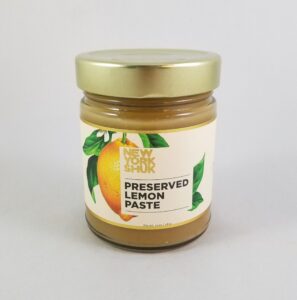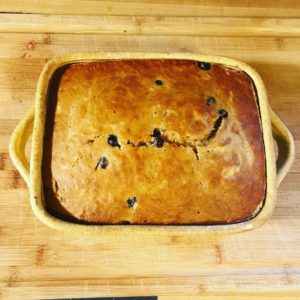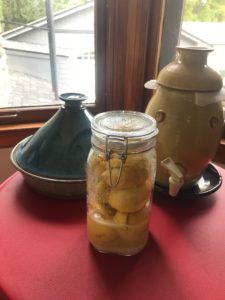Here at the Clay Coyote we love New York Shuk. We carry NYS Preserved Lemon Paste, Harissa and Ras El Hanout. New York Shuk’s Preserved Lemon Paste has been described
Cooking with the Coyotes: Pizza Topping Debate
Now that we’ve released out new Flameware Cooking & Pizza Stone, there has been a lot of discussion about pizza toppings. Welcome to the Clay Coyote Kitchen Chat:
First Post: Banana Bread Revisited
The first blog we ever posted on the original Clay Coyote website was about banana bread. It’s been almost 20 years since that recipe went live. I’ve traveled many places
Sweetness for Savory Tagines
Renowned chef Paula Wolfert gave us inspiration at the Clay Coyote for making a Moroccan cooking dish called a tagine. You can see in our previous article the history of




